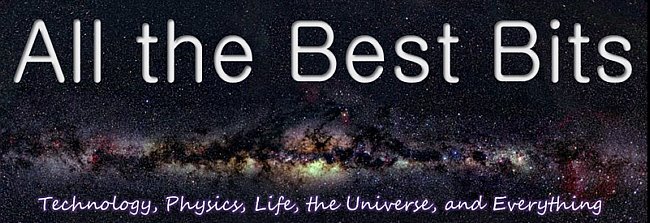Data Visualization for US Politics
With the end of the primary season coming up this summer, I expect a resurgence of the talk about "red and blue states" that dominated the 2004 election as we approach the direct engagement of the Republican and Democratic parties. This morning, I stumbled on a great site by Michael Gastner, Cosma Shalizi, and Mark Newman from the University of Michigan that uses very nice cartographic representations of the last election results to better visualize the electorate.
Popular publications such as USA today published many maps of this sort showing the winner's party by county.
Popular publications such as USA today published many maps of this sort showing the winner's party by county.
But this graphical representation fails to take into account either the population density, electoral votes by county, or how close the vote was. If you process the map topology and scale each county to represent electoral votes, and color the vote results as a continuous scale from red to blue with even results represented as a mixed color of purple, the result is much more interesting.

Rather than the stark red/blue divide of the trivial map above, a more representative view of our nation deemphasizes sparsely-populated geographies with little economic impact and highlights those regions driving tomorrow's economy. We also look like a much more homogeneous purple nation in this view.
Interestingly enough, in the economic-political view, the most politically homogeneous regions are the blue counties where economic development is the strongest.
Check out the whole site here.
























1 comment:
What is really missing from that site is the combination of a map that that show the purpleness of each state adjusted by the size of the state.
They do this by county but not by state. For the general election, the counties don't really matter.
Size adjusted purple states would be an interesting mashup adjusted with real time state polling data - to give an idea of red/blue shift of the country as the election gets closer.
Post a Comment